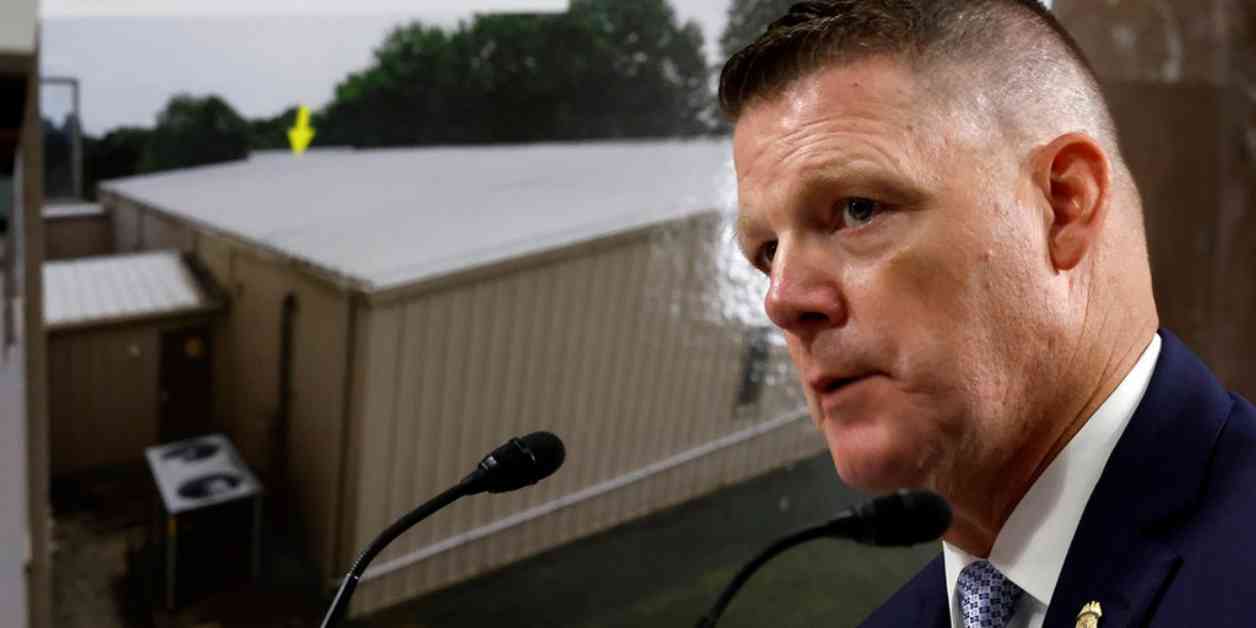The Butler County, Pennsylvania district attorney, Richard Goldinger, has denied that local snipers were responsible for monitoring the rooftop from which a gunman attempted to assassinate former President Trump. Goldinger explained that the local snipers were assigned to a window with a different vantage point, and monitoring the roof of the AGR building where the shooter was located was not their assignment.
This statement contradicts acting U.S. Secret Service Director Ronald Rowe’s testimony at a Senate hearing, where he seemed to blame local law enforcement for not seeing the shooter on the roof. Rowe used exhibits of the site to illustrate that local snipers had a better vantage point than Secret Service snipers, raising questions about the coordination and communication between different law enforcement agencies.
In response to Goldinger’s comments, a Secret Service spokesperson reiterated that the agency had coordinated with the Butler County Emergency Services Unit, which was the tactical lead for the site. However, Beaver County Emergency Services Unit Commander Patrick Young mentioned that there was a lack of communication and coordination, highlighting the need for clearer guidelines and protocols in such high-security events.
The confusion and miscommunication between different law enforcement agencies and the Secret Service raise concerns about the effectiveness of security measures during high-profile events. The lack of a face-to-face briefing between local snipers and Secret Service agents, as well as the failure to communicate critical information in real-time, could have jeopardized the safety of the former president and attendees at the rally.
Moving forward, it is essential for law enforcement agencies and the Secret Service to establish clear lines of communication, ensure that all personnel are aware of their assignments and responsibilities, and implement robust security protocols to prevent similar incidents in the future. The safety and security of public figures and event attendees rely on seamless coordination and cooperation between all parties involved in maintaining law and order.



